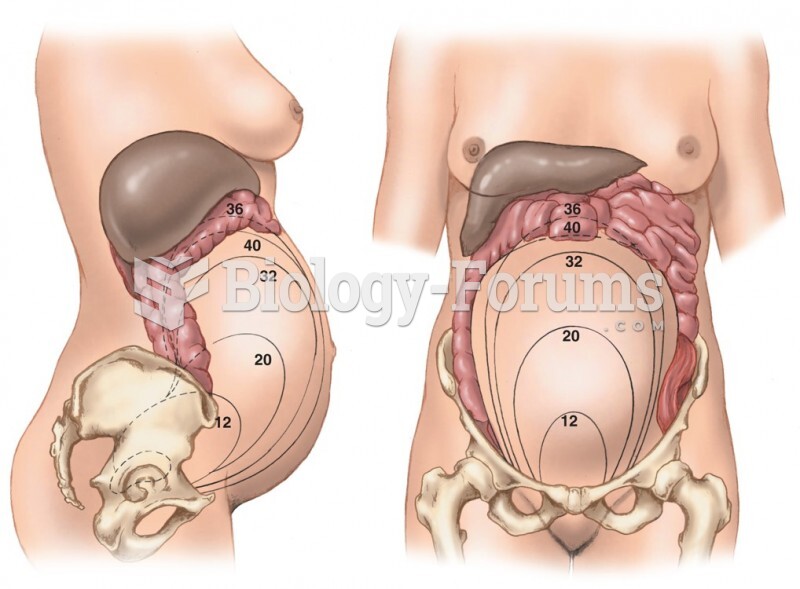|
|
|
Limit intake of red meat and dairy products made with whole milk. Choose skim milk, low-fat or fat-free dairy products. Limit fried food. Use healthy oils when cooking.
The cure for trichomoniasis is easy as long as the patient does not drink alcoholic beverages for 24 hours. Just a single dose of medication is needed to rid the body of the disease. However, without proper precautions, an individual may contract the disease repeatedly. In fact, most people develop trichomoniasis again within three months of their last treatment.
The Romans did not use numerals to indicate fractions but instead used words to indicate parts of a whole.
Computer programs are available that crosscheck a new drug's possible trade name with all other trade names currently available. These programs detect dangerous similarities between names and alert the manufacturer of the drug.
Certain chemicals, after ingestion, can be converted by the body into cyanide. Most of these chemicals have been removed from the market, but some old nail polish remover, solvents, and plastics manufacturing solutions can contain these substances.
 Values, both those held by individuals and those that represent a nation or people, can undergo deep ...
Values, both those held by individuals and those that represent a nation or people, can undergo deep ...
 Terminals 85 and 86 represent the coil inside the relay. Terminal 30 is the power terminal, 87a is ...
Terminals 85 and 86 represent the coil inside the relay. Terminal 30 is the power terminal, 87a is ...





